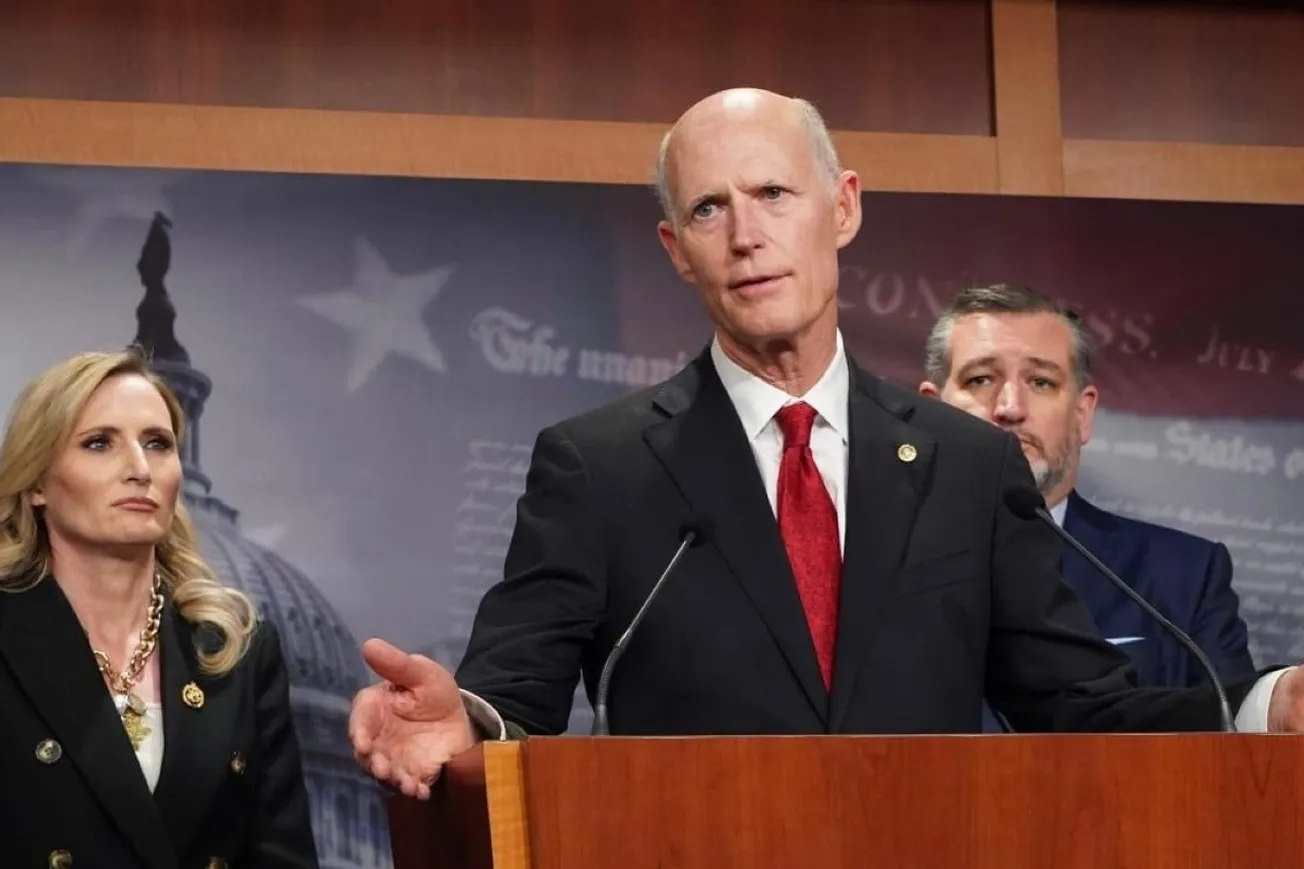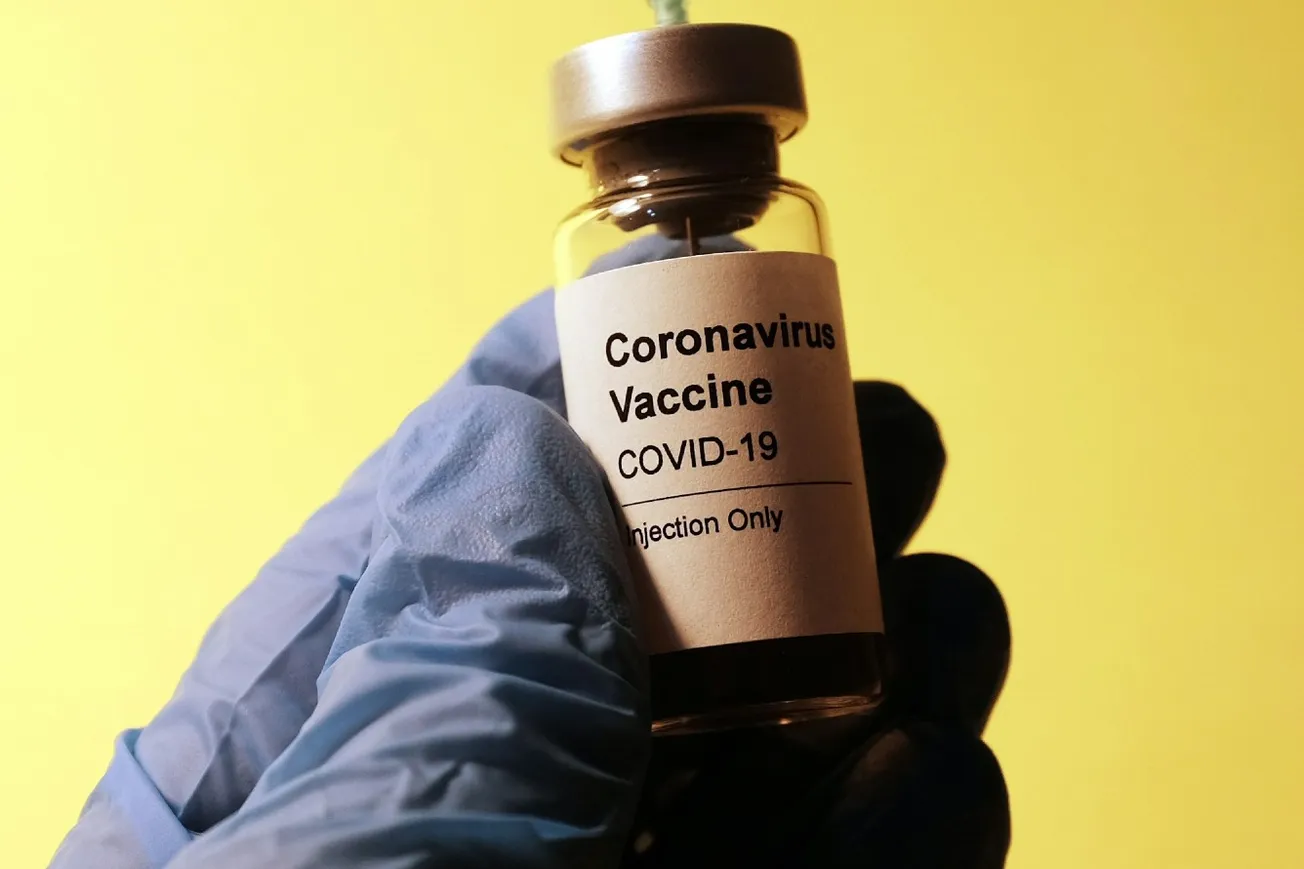By Issues & Insights Editorial Board | February 11, 2025
As day follows night, Democrats and various other big-government parasites screamed that the Trump administration’s decision to cut back on National Institutes of Health grants to colleges and universities would prove cataclysmic.
What’s really happening? Donald Trump is choking off a slush fund that colleges and universities have used for decades to finance left-wing causes.
On Feb. 7, the NIH announced that it would pay only 15% in overhead costs to colleges and universities instead of the average 26% it paid out in 2023.
The primal screams were immediate.
Rosa DeLauro, the ranking member on the House Appropriations Committee, claimed that “they are causing irreparable damage to ongoing research to develop cures and treatments for cancer, Alzheimer’s disease and related dementias, ALS, Diabetes, Mental Health disorders, opioid abuse, genetic diseases, rare diseases, and other diseases and conditions affecting American families.”
A Johns Hopkins University professor wailed that “the lives of my children and grandchildren – and maybe yours – will be shorter and sicker, because discoveries will not be made.”
Harvard President Alan Garber said that it would “cut research activity at … every research university in our nation.”
Attorneys general from 22 states have filed suit against the overhead cap, claiming the harm will be “immediate and devastating.”
But wait a minute.
Colleges accept research grants from the government and from the private sector. All include money to pay for “indirect costs.” In other words, overhead.
The difference is that private foundations and businesses pay an average of around only 15% for overhead costs. The Gates Foundation, for example, pays colleges 10% for overhead.
For federal grants, universities charge as much as 69%, which is what Harvard gets. Johns Hopkins gets 63.8%, according to a study by the Heritage Foundation.
Universities claim that without these exorbitant overhead charges, they couldn’t afford to conduct the research.
Yale School of Medicine Professor Harlan Krumholz, for instance, says “Without these overhead expenses being covered, research institutions will struggle to maintain the very research infrastructure that enables groundbreaking medical advances.”
(Yale gets 67.5% in overhead costs for research grants.)
Not true. The federal government didn’t start funding university research until 1946, and it capped overhead costs at 8%. Universities lobbied for more, and the cap climbed to 20%, and then was removed altogether in 1966. In 1991, Congress tried to put limits on what colleges could use the overhead money for after it came to light that Stanford was using it to pay for things such as yachts and redecorating the president’s home.
Plus, as Heritage’s Jay Greene points out, “if the overhead rate is supposed to cover fixed costs that cannot be allocated to individual research projects, it should be the case that overhead rates would go down as research funding went up. But the opposite is true. Overhead rates have risen as the government has massively increased spending on research.”
So what, exactly, are these massive overhead charges financing today? No one can really say for sure. But it’s clear that colleges can get by with less. Otherwise, they’d turn down those private sector grants.
Worse, the Heritage study found a direct relationship between university overhead charges and the number of “diversity, equity, and inclusion” staff members that universities employ. “The left has used the indirect cost reimbursement system to capture an important professional institution,” the study concludes.
So, now the primal screams make sense. This isn’t about scientific research. This is about keeping leftist organizations fat, dumb, and happy.
The truth is that cutting these outrageous overhead fees could produce more scientific research, not less, as larger shares of federal grants would go to actual scientific work and not administrative bloat.
Issues & Insights was founded by seasoned journalists of the IBD Editorials page. Our mission is to provide timely, fact-based reporting and deeply informed analysis on the news of the day – without fear or favor.
Original article link









